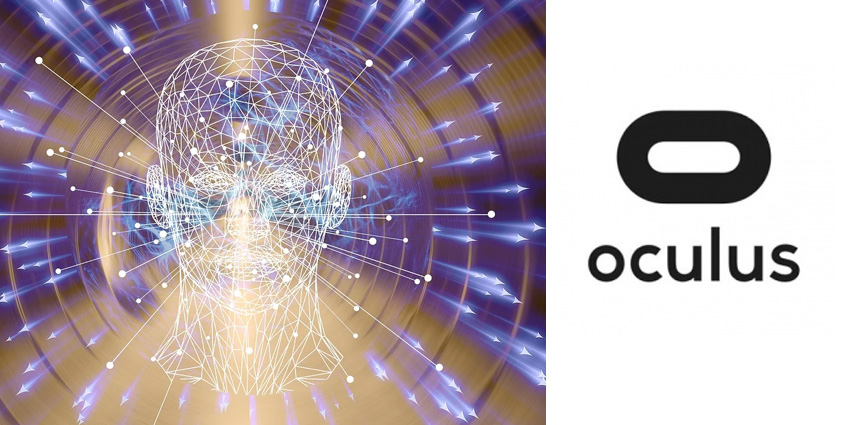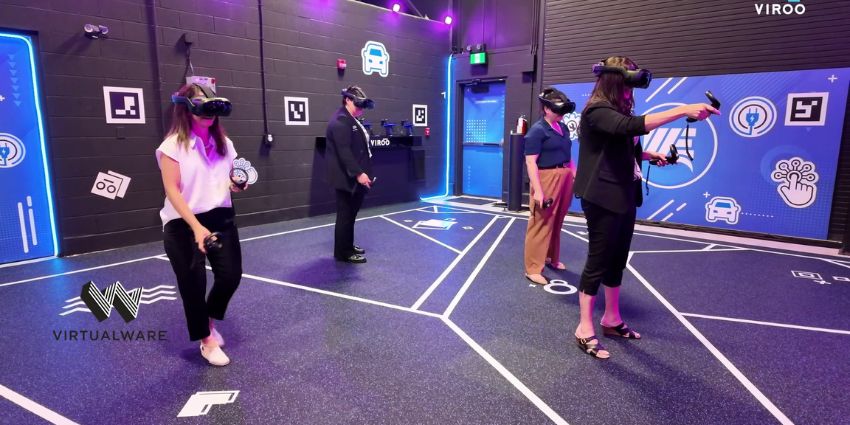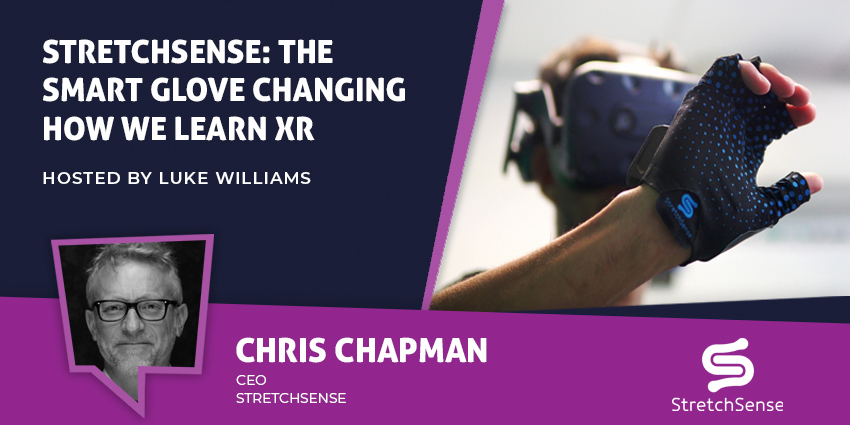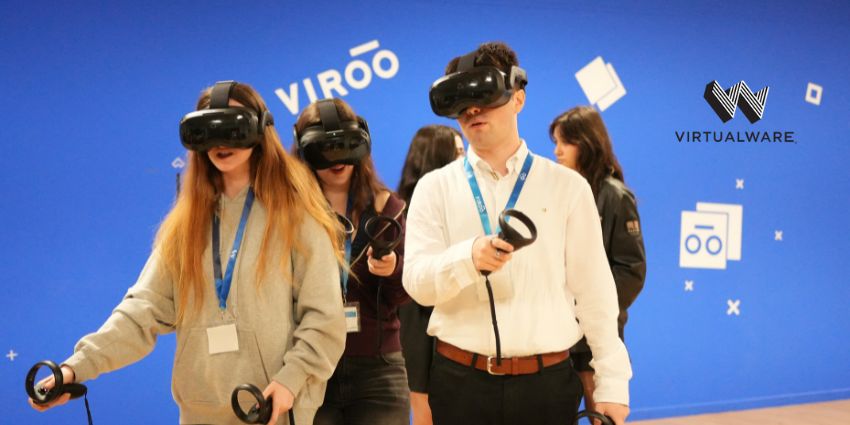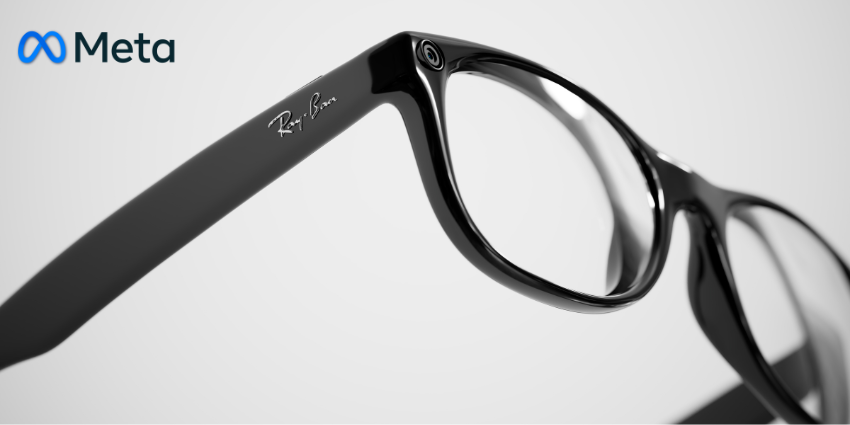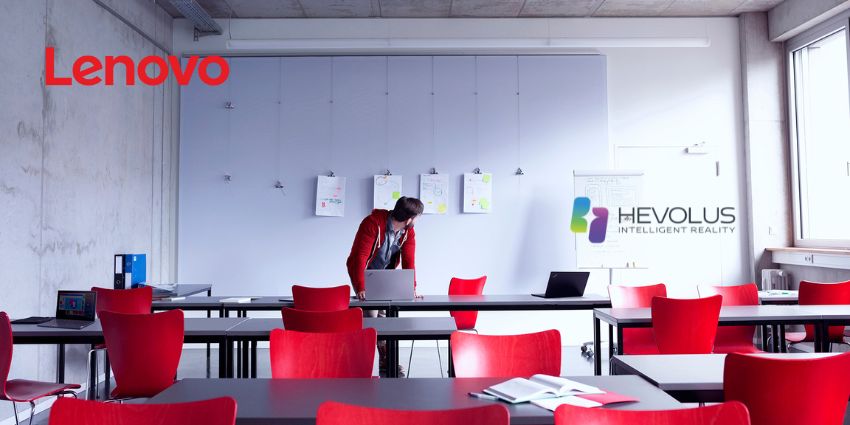Research into extended reality confirms that there’s more to this technology than excellent gaming experiences. Virtual reality augmented reality and mixed reality tools help people work together more effectively, improve team safety, and even transform the healthcare landscape.
Companies like Oculus, one of the better-known VR innovators on the market today, are experimenting with how virtual environments can improve our brain’s processes. It turns out that interacting with virtual landscapes through VR headsets could significantly improve your spatial memory and enhance crucial connections in your brain.
So what does all this mean?
What is Spatial Memory?
Your brain records experiences of the world and determines the most convenient and efficient ways of completing tasks. To remember how to accomplish tasks or get from A to B, your brain creates mental maps of your landscape. Those mental maps include important details that help you to achieve your goals.
In 2014, a Nobel Prize-winning study discovered that rats have “grid cells” in their brains that help them recall specific patterns of activity that lead to certain outcomes. Scientists also believe that human beings have the same grid cells. Our mental maps allow us to remember where places are located, how to get to it, and how far away it is. This is your spatial memory.
With spatial memory, experts can learn how to operate pieces of machinery through muscle memory and contextual experiences. Nurses and doctors can recall procedures and conduct them with virtually no chance of a mistake. However, developing robust spatial memory takes a lot of time and practice.
The good news? Virtual reality and extended reality experts believe that using new forms of VR, AR, and MR will help to enhance our spatial memory so that we can learn and retain information faster.
How VR Effects Spatial Memory
Adding to the evolving list of studies into XR, scientists discovered that individuals playing virtual reality games develop higher navigational efficiency and reduced disorientation compared to those playing non-VR solutions. The study, published in the journal for Behavior, cyberpsychology, and social networking revealed that VR navigation can be powerful in learning and training.
Interestingly, scientists now believe that VR could be a powerful tool for rehabilitating patients who have issues with their movement and thought patterns. Older adults often struggle with navigational abilities and spatial memories. The team believes that node-based movements could be suitable for virtual reality games instead of traditional free movement training.
For training purposes, in node-based movement systems, players navigate environments by moving to set locations, similar to navigation in a hypertext environment. A controlled trial examining 25 people used an immersive environment on a desktop game and a VR game to test the transmission of educational information. The researchers looked at how people responded to the lessons in the content both with VR, and without it.
Findings also showed that a hypertext lostness measure is also valuable outside of the original hypertext domain for VR. Researchers also revealed, however, that VR didn’t improve the players’ retention of factual information. While factual information management didn’t improve, player navigational efficiency and spatial knowledge did.
It seems that the hypertext lostness measure is valuable for node-based VR games. These games significantly support spatial learning, even when compared with immersive desktop games. The scientists even measured “lostness” during tasks in the game by looking at disorientation in the players.
Could VR Change the World?
Concepts like spatial memory highlight how valuable tools for extended reality can be in a healthcare setting. Already, companies have begun using virtual reality landscapes to help people with PTSD and other mental health issues. People with physical illnesses can also use virtual reality as a form of stress release and therapy by exploring new worlds and encountering new experiences.
Now this spatial memory experience could mean that people going through rehabilitation experiences can relearn how to perform certain actions that they’ve forgotten or recently lost the ability to do. VR could help people learn how to walk again in an immersive environment. In training situations, VR could make it a lot easier for professionals to discover how to perform specific record time tasks.
We know that mixed and virtual reality environments have a lot to offer the modern world. Still, new solutions are appearing all the time as we continue to experiment with the technology. Who knows where the world of new realities might take us next?
